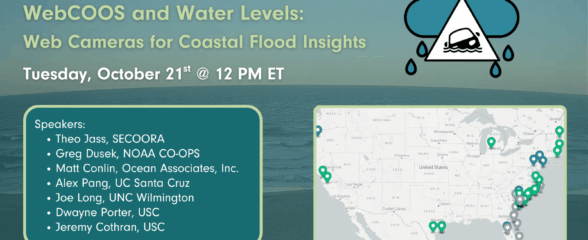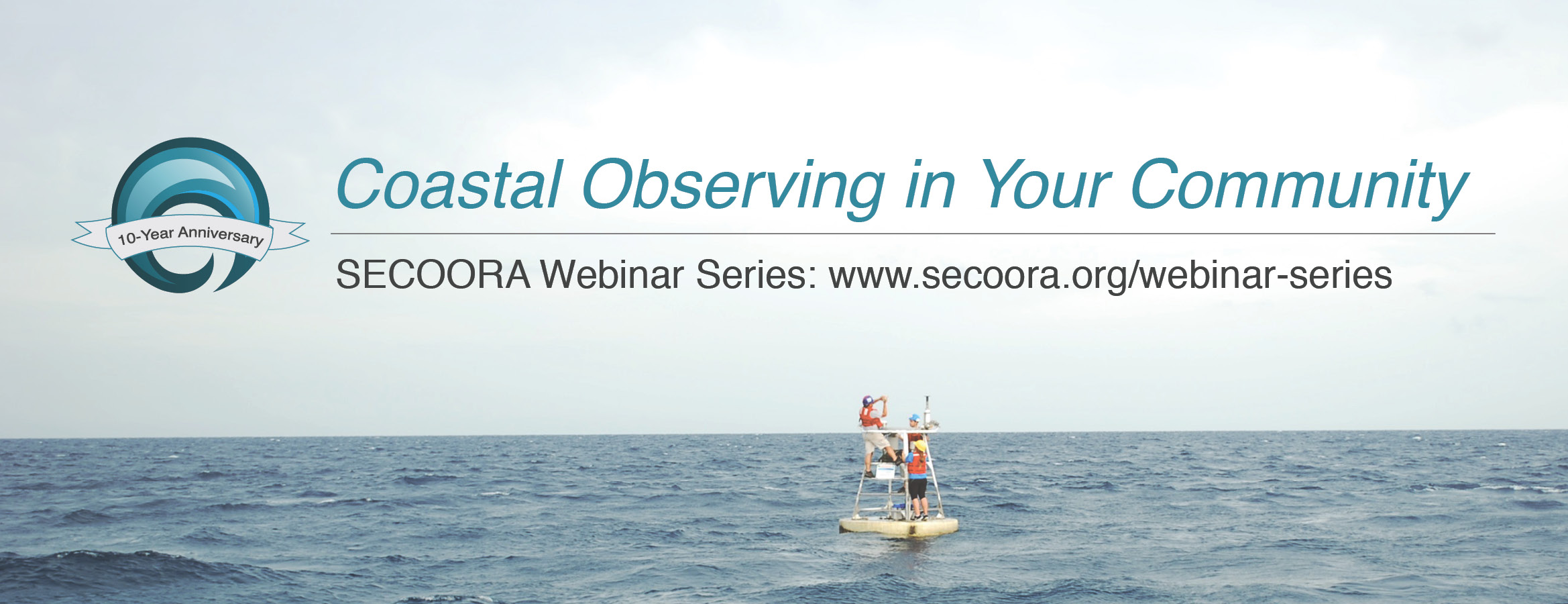Join us for a webinar on Wednesday September 6, 12 PM ET. Dr. Rouying, North Carolina State University, will report on efforts in evaluating the performance of the coupled modeling system.
Reserve your spot now! Download Flyer
Webinar Information
Title: Predicting Marine Physical-Biogeochemical Variability in the Gulf of Mexico and Southeastern U.S. Shelf Seas
Date: Wednesday – September 6, 2017
Time: 12 – 1 PM ET
Presenter: Dr. Ruoying He, Distinguished Professor of North Carolina State University
An integrated marine environment prediction system is developed and used to investigate marine physical-biogeochemical variability in the Gulf of Mexico and southeastern U.S. shelf seas. Such variability stem from variations in the shelf circulation, boundary current dynamics, impacts of severe weather forcing, as well as growing population and associated land use practices on transport of carbon and nutrients within terrestrial systems and their delivery to the coastal ocean. We will report our efforts in evaluating the performance of the coupled modeling system via extensive model and data comparisons, as well as findings from a suite of case studies.
About the Presenter
 Dr. He is a Distinguished Professor of North Carolina State University and an Adjunct Scientist of Woods Hole Oceanographic Institution. His research expertise spans from coastal circulation dynamics, air-sea interaction, to biophysical interactions. As the director of the Ocean Observing and Modeling Group (OOMG), he conducts coastal ocean observations, remote sensing data analyses, and also leads the development of prediction models of ocean circulation, air-sea-wave interactions, physical-biogeochemical couplings, as well as data assimilation.
Dr. He is a Distinguished Professor of North Carolina State University and an Adjunct Scientist of Woods Hole Oceanographic Institution. His research expertise spans from coastal circulation dynamics, air-sea interaction, to biophysical interactions. As the director of the Ocean Observing and Modeling Group (OOMG), he conducts coastal ocean observations, remote sensing data analyses, and also leads the development of prediction models of ocean circulation, air-sea-wave interactions, physical-biogeochemical couplings, as well as data assimilation.
Related news

Now Hiring: Director of Communications and External Affairs
SECOORA is seeking to fill the full-time role of Director of Communications and External Affairs. This role will serve as the organization’s strategic lead for engagement, communication, and external relations.

SECOORA Webinar | WebCOOS and Water Levels: Web Cameras for Coastal Flood Insights
On October 21st at 12 PM ET, SECOORA is hosting a webinar with investigators from the Webcam Coastal Observation System (WebCOOS) project team and the WebCOOS Project Manager. Web cameras are a low-cost technology that can be used to document flooding impacts to coastal communities. Register here.

SECOORA Funding Opportunity Announcement: Letters of Intent Solicitation
SECOORA will submit a coordinated regional proposal in response to the anticipated FY 2026 Implementation of the U.S. Integrated Ocean Observing System (IOOS) funding opportunity. Letters of Intent to be considered for inclusion in SECOORA’s full proposal are due September 9, 2025.
